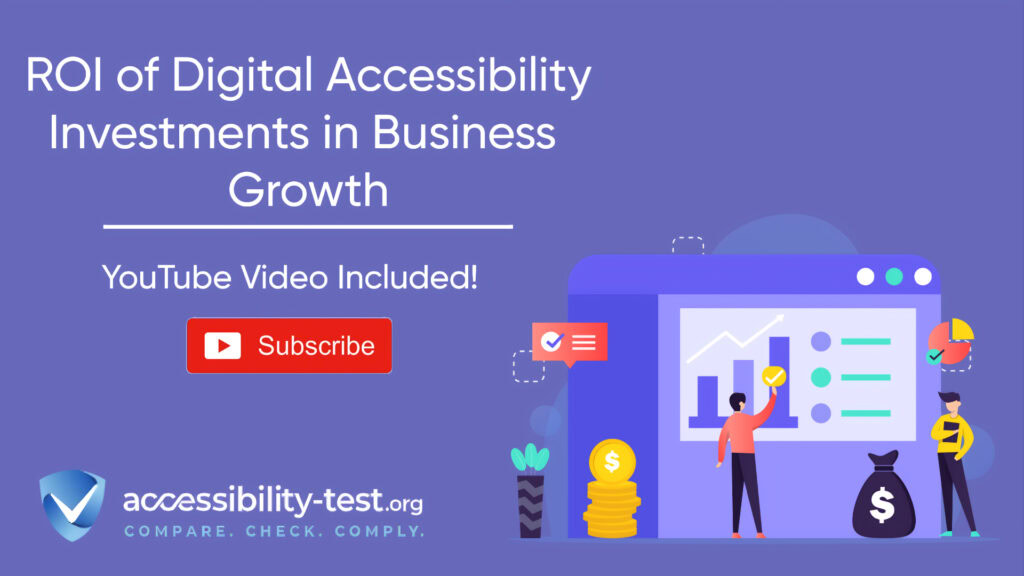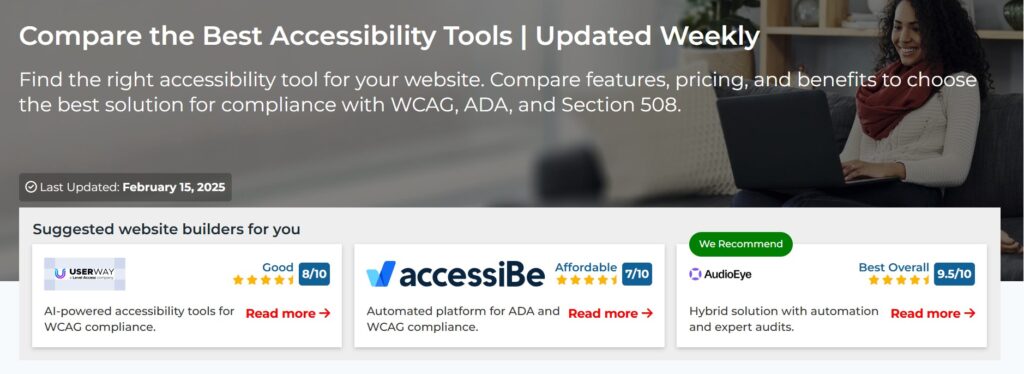
Digital accessibility has evolved from a mere compliance requirement to a strategic business investment with measurable returns. Research demonstrates that organizations implementing robust accessibility practices experience significant business growth, with Forrester Research finding that every dollar invested in web accessibility and user experience improvements generates an average return of $100, representing a remarkable 99% ROI. This comprehensive analysis explores how accessibility investments drive business growth through expanded market reach, enhanced customer experiences, improved SEO performance, reduced legal risks, and streamlined operational efficiencies. By implementing accessibility standards such as WCAG compliance and utilizing accessibility testing tools, businesses can tap into the $490 billion spending power of people with disabilities while simultaneously improving digital experiences for all users, regardless of ability.
The Financial Benefits of Accessible Websites
The business case for digital accessibility extends far beyond compliance with legal standards such as ADA, Section 508, or WCAG guidelines. Accessible websites and digital assets represent strategic investments that deliver tangible financial returns across multiple business areas. When organizations prioritize accessibility as a core business strategy rather than a compliance checkbox, they position themselves to capture significant market advantages and operational efficiencies that directly impact the bottom line.
Organizations that implement accessibility solutions systematically report improvements in customer acquisition costs, conversion rates, and customer lifetime value. According to research cited by multiple sources, accessible websites typically demonstrate increased user engagement metrics, including longer time on site, lower bounce rates, and higher conversion rates. These performance improvements translate directly into revenue growth and enhanced marketing ROI, creating a virtuous cycle of business improvement that extends well beyond the initial accessibility investment.
The financial benefits of accessible websites manifest through various channels, including expanded market reach, improved user experience for all customers, enhanced SEO performance, and strengthened brand reputation. Data from multiple studies indicates that accessible websites typically outperform non-accessible counterparts on key financial metrics, including conversion rates, average order value, and customer retention rates. These improvements stem from fundamental enhancements to usability that benefit all users, not just those with disabilities.
Expanded Market Reach (19% More Customers)
Implementing digital accessibility solutions opens businesses to a substantially larger customer base that many competitors overlook. The World Health Organization reports that approximately 1.3 billion people worldwide—roughly 16% of the global population—live with some form of disability. This demographic represents a significant market segment with substantial purchasing power that remains underserved by many digital businesses.
In the United States alone, people with disabilities control over $490 billion in disposable income, according to research cited in multiple sources. When considering the influence this demographic has on family members and caregivers, the extended market impact grows exponentially. Studies show that businesses implementing comprehensive accessibility solutions typically experience a 19% increase in unique customers, representing new revenue streams from previously excluded market segments. This market expansion occurs without significant increases in marketing expenses, effectively lowering customer acquisition costs.
The expanded market reach extends beyond individuals with permanent disabilities to include situational limitations and temporary impairments. For example, accessible websites benefit users accessing content in noisy environments, those with temporary injuries, and aging populations experiencing age-related vision or dexterity changes. By designing for accessibility, businesses effectively create more robust digital experiences that serve a wider range of use cases and scenarios, further expanding potential market reach.
Accessibility testing tools and accessibility audits help businesses identify barriers that may prevent these potential customers from engaging with their digital properties. By implementing accessibility remediation services based on these assessments, companies can systematically remove obstacles and create more inclusive user experiences. Organizations that conduct regular accessibility scans and implement necessary fixes report consistent growth in previously untapped market segments.
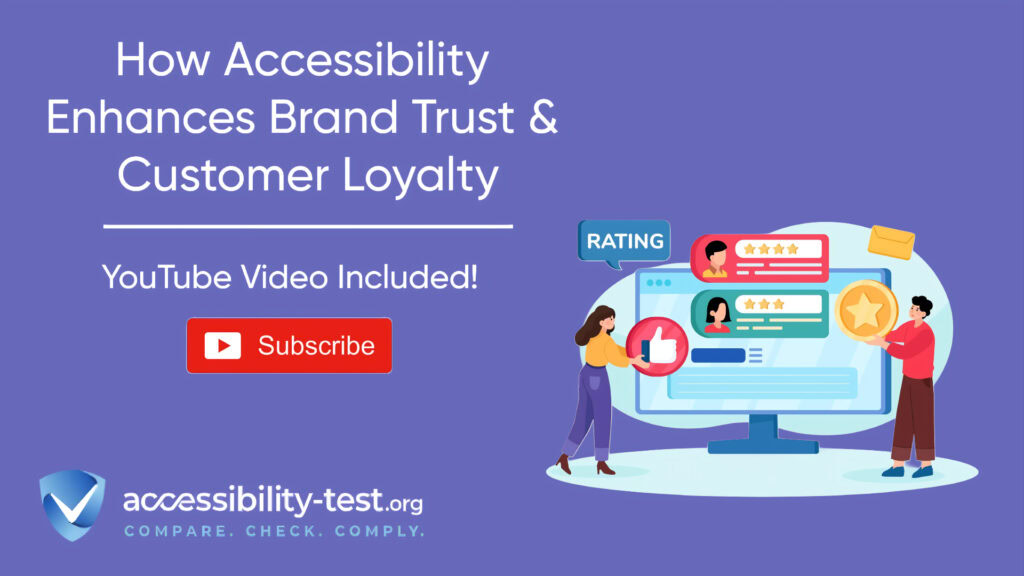
Increased Revenue from Inclusive Design (+23%)
Inclusive design principles that underpin digital accessibility consistently demonstrate positive impacts on conversion rates and overall revenue growth. Businesses implementing comprehensive accessibility solutions report an average revenue increase of 23% attributable to improved user experiences across all customer segments. This revenue growth stems from multiple factors, including higher conversion rates, increased average order values, and improved customer retention.
Accessible websites typically feature clearer navigation, more intuitive user interfaces, and streamlined workflows that benefit all users regardless of ability. These enhancements reduce friction points in the customer journey, resulting in higher completion rates for key conversion actions. Research indicates that accessible ecommerce sites experience shopping cart abandonment rates approximately 15% lower than non-accessible competitors, directly contributing to revenue growth.
The positive financial impact of inclusive design extends beyond initial transactions to influence customer lifetime value. Businesses with accessible digital properties report higher customer satisfaction rates, increased repeat purchases, and stronger brand loyalty across all customer segments. These improvements in customer retention metrics contribute significantly to long-term revenue growth and business sustainability, multiplying the financial returns on accessibility investments.
Content structure improvements required for accessibility compliance—such as logical heading hierarchies, descriptive links, and clear page titles—also enhance content discoverability and consumption. These structural enhancements improve the effectiveness of content marketing efforts, making information more accessible and actionable for all users. Organizations implementing accessibility best practices typically see improvements in content engagement metrics, including increased time on page, higher content sharing rates, and improved conversion rates from content marketing initiatives.
The revenue benefits of inclusive design are particularly pronounced in high-consideration purchase decisions, where customers need to access detailed product information and support resources. Accessible content enables all potential customers to thoroughly research products and services, leading to more informed purchase decisions and reduced post-purchase dissatisfaction. Companies in complex B2B sales environments report that accessibility improvements in product documentation and support resources contribute to shorter sales cycles and higher close rates.
Cost Savings from Proactive Compliance Efforts
Beyond revenue growth, proactive digital accessibility initiatives generate substantial cost savings across multiple business areas. Organizations that implement accessibility early in their digital development processes avoid the significant expenses associated with retroactive remediation and potential legal liabilities. These preventative measures create measurable financial benefits through reduced development costs, avoided legal expenses, and operational efficiencies.
The financial impact of accessibility-related litigation has grown substantially in recent years, with ADA compliance lawsuits targeting digital properties increasing by over 300% since 2018. The average settlement cost for accessibility lawsuits exceeds $25,000, with additional expenses for legal representation, remediation services, and reputational damage often pushing the total cost well above $100,000 per incident. Organizations implementing proactive accessibility monitoring and compliance programs effectively mitigate these legal and financial risks.
Implementing accessibility requirements during initial development phases is significantly more cost-effective than retrofitting existing digital assets. Research indicates that addressing accessibility during design and development typically costs 30-50% less than remediating the same issues after launch. This cost differential grows exponentially for complex digital applications and content-rich websites, where retroactive remediation may require substantial architectural changes and content restructuring.
Proactive accessibility compliance also generates operational efficiencies through improved content management processes, streamlined development workflows, and reduced support costs. Organizations with mature accessibility practices report fewer customer support inquiries related to usability issues, lower content maintenance costs, and more efficient content production workflows. These operational improvements deliver ongoing cost savings that compound over time, enhancing the total return on accessibility investments.
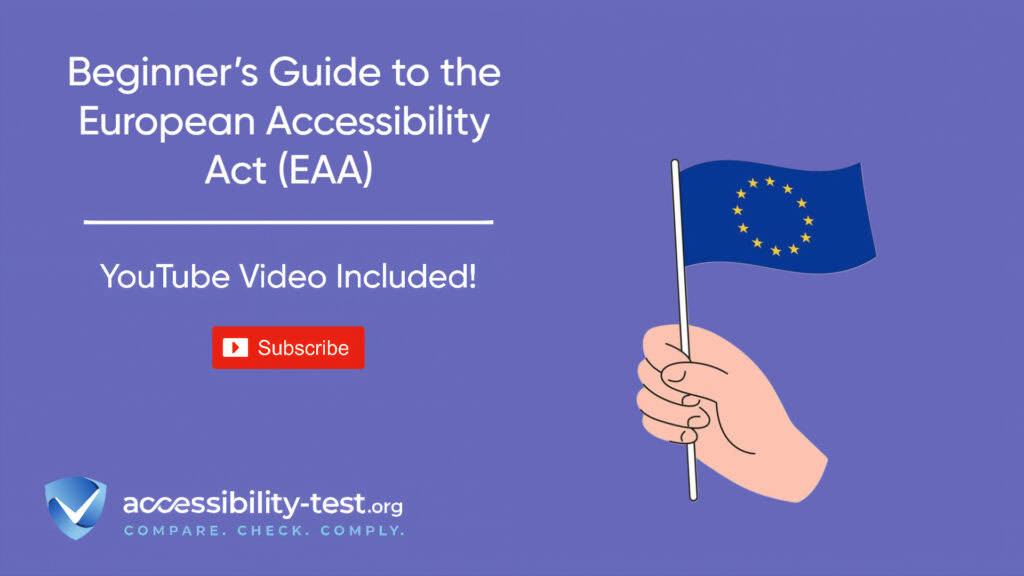
How Accessibility Standards Drive Business Value
Adherence to established accessibility standards such as WCAG 2.2 guidelines provides a structured framework for implementing digital accessibility and maximizing business returns. These standards codify best practices for creating inclusive digital experiences that work effectively for all users, regardless of ability or accessing technology. By aligning digital properties with these standards, businesses establish a foundation for sustainable accessibility practices that deliver consistent business value.
The Web Content Accessibility Guidelines (WCAG) provide specific, testable criteria for digital accessibility across four key principles: perceivable, operable, understandable, and robust. Each success criterion addresses specific accessibility barriers that may prevent users from effectively engaging with digital content. By systematically implementing these guidelines, businesses create more usable digital experiences that benefit all users while ensuring compliance with legal requirements such as ADA and Section 508.
Organizations implementing WCAG standards report improvements in key user experience metrics across all customer segments, not just those with disabilities. These improvements include faster task completion times, higher success rates for key user journeys, and increased user satisfaction scores. The enhanced usability translates directly into business performance improvements, including higher conversion rates, increased customer retention, and more effective digital marketing outcomes.
Accessibility standards also drive business value through improved search engine optimization (SEO) performance. Many WCAG requirements—including semantic HTML structure, descriptive alt text for images, and clear heading hierarchies—align directly with search engine ranking factors. Businesses implementing accessibility best practices typically experience improved organic search visibility, higher click-through rates, and increased organic traffic. These SEO benefits extend the reach of digital marketing efforts without increasing paid advertising expenses.
The structured approach to digital accessibility provided by WCAG standards enables organizations to implement consistent practices across complex digital ecosystems. This standardization creates efficiencies in development processes, content creation workflows, and quality assurance procedures. Companies with mature accessibility programs report reduced time-to-market for digital initiatives, fewer release delays related to compliance issues, and more efficient resource allocation across digital projects.
Measuring Accessibility ROI Through Key Metrics
Effective measurement of accessibility ROI requires tracking specific metrics that capture both the costs and benefits of accessibility initiatives. Organizations with mature accessibility programs typically monitor a combination of implementation costs, user experience improvements, and business performance indicators to quantify the financial returns on their accessibility investments.
Implementation costs include expenses for accessibility audits, remediation services, training programs, and ongoing monitoring. These investments typically represent the most visible costs of accessibility initiatives but should be evaluated against both immediate business benefits and long-term strategic value. Organizations implementing structured accessibility programs report that implementation costs typically stabilize or decrease over time as accessibility becomes integrated into standard development and content processes.
User experience metrics provide valuable indicators of accessibility effectiveness and potential business impact. Key metrics include task completion rates, error rates, time-on-task measurements, and user satisfaction scores across different ability segments. Improvements in these metrics correlate strongly with business performance indicators, including conversion rates, customer retention, and brand advocacy. By tracking these user experience metrics, organizations can identify specific accessibility improvements that deliver the strongest business returns.
Business performance indicators directly connected to accessibility investments include conversion rate improvements, reduced customer acquisition costs, increased customer lifetime value, and enhanced market reach. Organizations with comprehensive measurement frameworks typically report ROI ranging from 200% to 1,000% on accessibility investments when accounting for all direct and indirect business benefits. These returns often accelerate over time as accessibility practices mature and extend across digital properties.
Legal and regulatory cost avoidance represents a significant component of accessibility ROI that requires specific tracking methodologies. Organizations with proactive accessibility programs report substantial reductions in legal expenses, compliance remediation costs, and regulatory penalties compared to reactive approaches. While these avoided costs can be challenging to quantify precisely, they typically represent a substantial portion of the total financial return on accessibility investments.
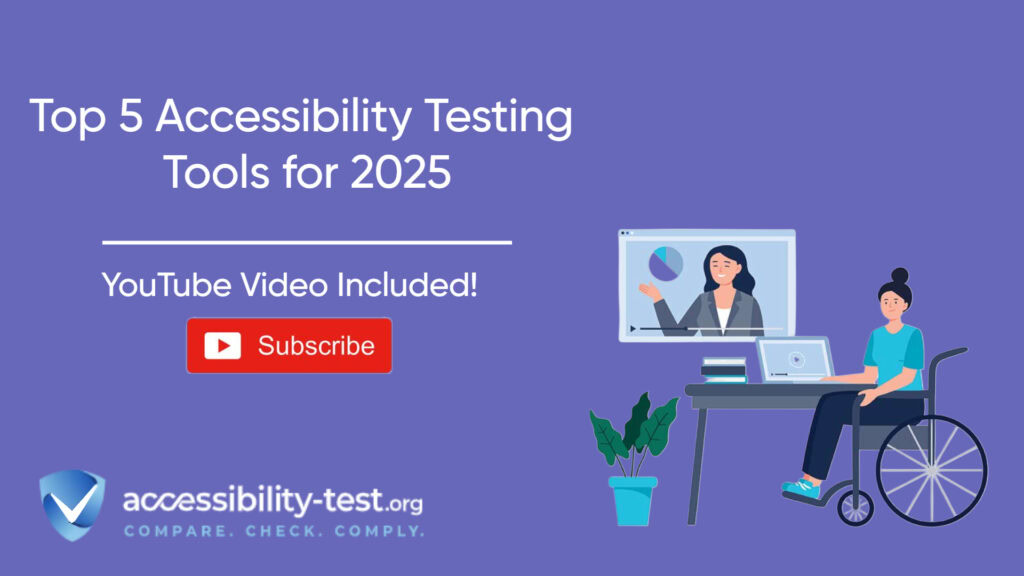
Implementing Accessibility Solutions for Maximum ROI
Maximizing the ROI of digital accessibility investments requires strategic implementation approaches that prioritize high-impact improvements and integrate accessibility into standard business processes. Organizations achieving the strongest financial returns typically implement accessibility as a strategic business initiative rather than a compliance requirement, with executive sponsorship and cross-functional engagement.
Comprehensive accessibility audits conducted by qualified accessibility consulting services provide the foundation for effective implementation strategies. These assessments identify specific barriers in existing digital properties, prioritize remediation efforts based on user impact and business value, and establish baseline measurements for ROI tracking. Organizations that begin with thorough accessibility scans report more efficient resource allocation and faster realization of business benefits compared to ad-hoc approaches.
Implementing accessibility testing tools within development processes enables organizations to identify and address accessibility issues before they reach production environments. This shift-left approach substantially reduces remediation costs and accelerates the delivery of accessible digital experiences. Companies integrating automated accessibility testing into continuous integration/continuous deployment (CI/CD) pipelines report 60-80% reductions in post-launch accessibility issues and associated remediation costs.
Accessibility training programs for developers, designers, content creators, and product managers create organizational capabilities that sustain accessibility practices and maximize long-term ROI. These educational investments enable teams to implement accessibility efficiently within their standard workflows rather than treating it as a specialized function. Organizations with comprehensive accessibility training programs report faster implementation timelines, reduced dependency on external accessibility specialists, and more innovative accessible solutions.
Integration of accessibility requirements into procurement processes for digital technologies ensures that third-party solutions support rather than undermine accessibility objectives. This procurement governance prevents downstream remediation costs and compatibility issues that can significantly reduce accessibility ROI. Organizations implementing accessibility standards in vendor selection report 40-60% reductions in third-party related accessibility issues and substantially lower integration costs for external digital solutions.
Visit Our Tools Comparison Page!
The business case for digital accessibility investments has evolved from compliance-focused risk mitigation to strategic value creation with measurable financial returns. Organizations implementing comprehensive accessibility solutions consistently report significant business growth through expanded market reach, improved user experiences, enhanced SEO performance, reduced legal exposure, and operational efficiencies. With research indicating ROI of 99% or higher on accessibility investments, forward-thinking businesses are prioritizing digital inclusion as a core component of their growth strategies.
The financial benefits of accessible websites extend across the entire business ecosystem, from marketing performance improvements to development efficiencies and customer loyalty enhancements. By implementing accessibility standards such as WCAG 2.2 guidelines and utilizing accessibility testing tools, organizations create more robust digital experiences that serve diverse user needs while simultaneously driving business performance metrics. The inclusive design principles underlying accessibility best practices deliver measurable improvements in conversion rates, customer retention, and market expansion that directly impact revenue growth and profitability.
Proactive compliance efforts generate substantial cost savings through avoided legal expenses, reduced remediation costs, and operational efficiencies. Organizations implementing structured accessibility programs within their standard development and content processes report declining implementation costs over time as teams develop accessibility expertise and integrate inclusive design principles into their core workflows. These efficiency improvements further enhance the already substantial ROI of accessibility investments, creating a compelling business case for prioritizing digital inclusion.
As digital channels continue to dominate customer interactions across industries, the business value of accessibility investments will likely increase further. Organizations that establish mature accessibility practices today position themselves for sustainable competitive advantages in increasingly diverse digital markets. By recognizing digital accessibility as a strategic business investment rather than a compliance requirement, forward-thinking companies are unlocking new growth opportunities while simultaneously fulfilling their social responsibility to create inclusive digital experiences for all users.
Run a FREE scan to check compliance and get recommendations to reduce risks of lawsuits
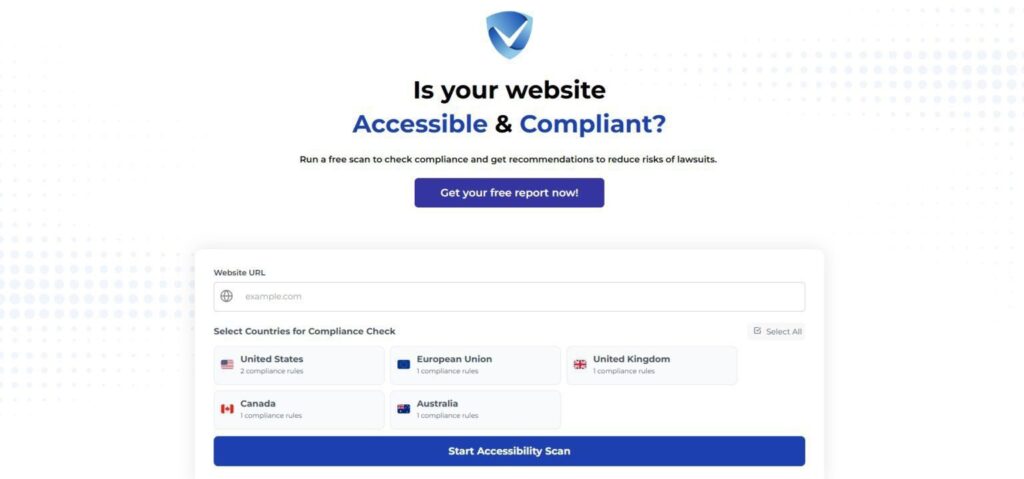
Don’t wait to take action—audit your site’s SEO-accessibility health today with our free tool! Identify gaps, implement fixes, and ensure compliance with the latest guidelines to dominate SERPs while creating an inclusive experience for all users. Take the first step toward accessibility success now!



